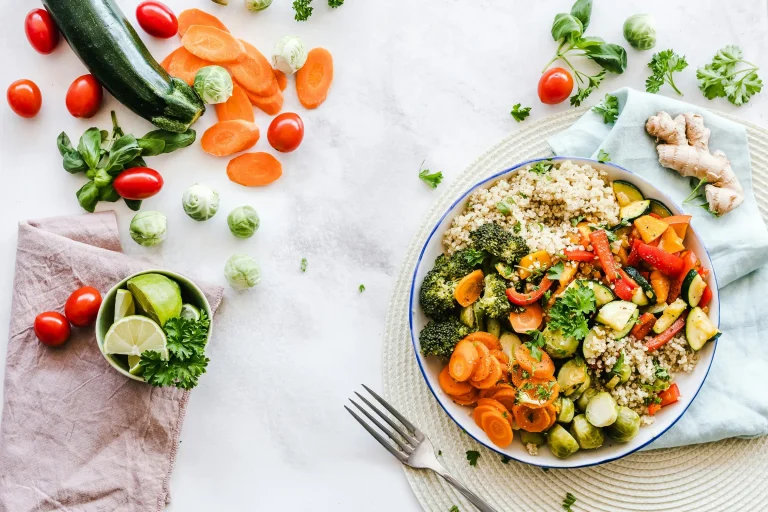If you are what you eat, that’s particularly true for your teeth and gums. When you drink and munch starchy or sugary foods, you’re not only feeding yourself, you’re feeding the bacteria that can cause plaque on your teeth.
Plaque is a thin, invisible film of sticky bacteria and other materials that covers all the surfaces of all your teeth. When sugars or starches in your mouth come in contact with plaque, the acids that result can attack teeth for 20 minutes or more after you finish eating. Repeated attacks can break down the hard enamel on the surface of teeth. This leads to tooth decay. The bacteria in plaque also triggers an inflammatory response that causes the breakdown of the gums, bone, and other supporting structures of your teeth.
Although some foods invite tooth decay, others help fight plaque buildup. Here are some foods to seek out and some to avoid.
The good guys
Some suggested foods:
Fiber-rich fruits and vegetables. Foods with fiber have a detergent effect in your mouth, says the American Dental Association (ADA). They also get saliva flowing. Next to good home dental care, this is your best natural defense against cavities and gum disease. About 20 minutes after you eat something containing sugars or starches, your saliva begins to reduce the effects of the acids and enzymes attacking your teeth. Because saliva contains traces of calcium and phosphate, it also restores minerals to areas of teeth that have lost them from the bacterial acids.
Cheese, milk, plain yogurt, and other dairy products. Cheese is another saliva maker. The calcium in cheese, and the calcium and phosphates in milk and other dairy products, help put back minerals your teeth might have lost due to other foods.
Green and black teas. Both contain polyphenols that interact with plaque bacteria. These substances either kill or hold back bacteria. This prevents them from growing or producing acid that attacks teeth. Depending on the type of water you use to brew your tea, a cup of tea can also be a source of fluoride.
Sugarless chewing gum. This is another great saliva maker that removes food particles from your mouth.
Foods with fluoride. Fluoridated drinking water, or any product you make with fluoridated water, helps your teeth. This includes powdered juices (as long as they don’t contain a lot of sugar) and dehydrated soups. Commercially prepared foods, like poultry products, seafood, and powdered cereals, also can give fluoride.
The bad guys
Some items to avoid:
Sticky candies and sweets. If you eat sweets, go for those that clear out of your mouth quickly. So thumbs down for lollipops, caramels, and cough drops that contain refined sugar. Note: Effects of chocolate on preventing cavities have been widely promoted (largely by studies funded by the candy industry), but not totally proven. Cacao (70%) does have some health benefits. Some studies have shown chocolate to be not as bad as other sugary treats.
Starchy foods that can get stuck in your mouth. Soft breads and potato chips, for instance, can get trapped between your teeth.
Carbonated soft drinks. These drinks are the leading source of added sugar among kids and teens. Besides being loaded with sugar, most soft drinks contain phosphoric and citric acids that wear away tooth enamel.
Substances that dry out your mouth. These include alcohol and many medicines. If medicines are the cause, consider talking to your healthcare provider about getting a fluoride rinse, or a fluoride gel for brushing your teeth.
Eat for a healthy mouth
The ADA offers these tips to help reduce tooth-decay risk from the foods you eat:
- Consume sugary foods with meals. Your mouth makes more saliva during meals, and this helps to reduce the effect of acid production and to rinse pieces of food from the mouth.
- Limit between-meal snacks. If you crave a snack, choose something nutritious. Consider chewing sugarless gum afterward to increase saliva flow and wash out food and acid.
- Drink more water. Fluoridated water can help prevent tooth decay. If you choose bottled water, check the label for the fluoride content.
Brush your teeth twice and floss once a day.









